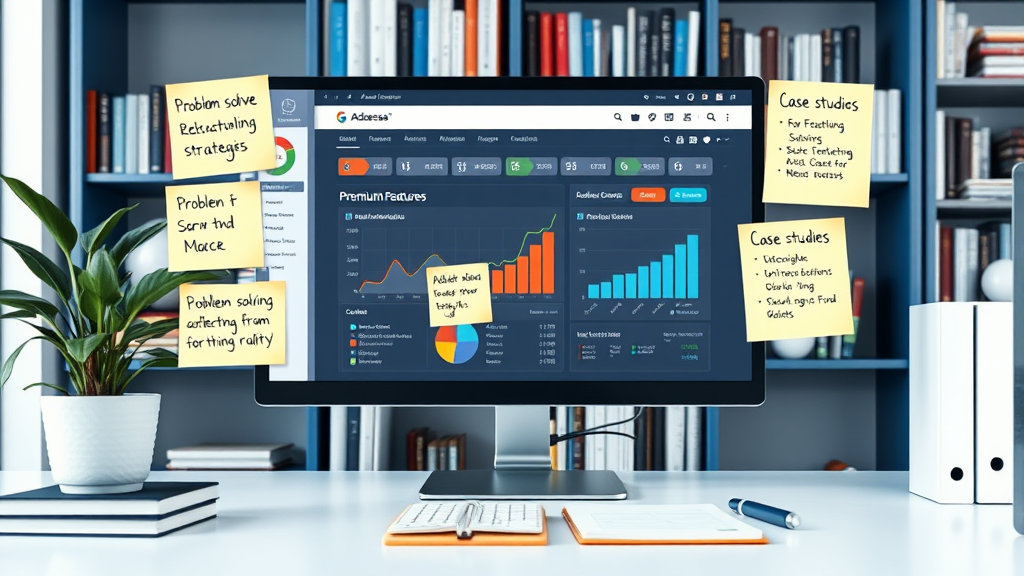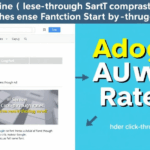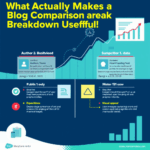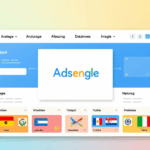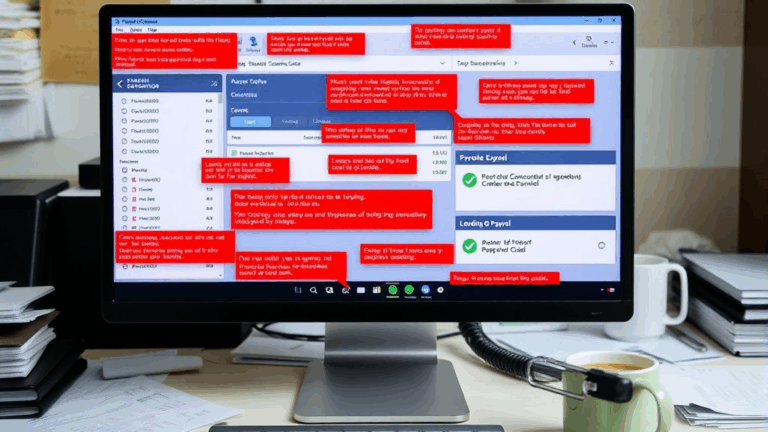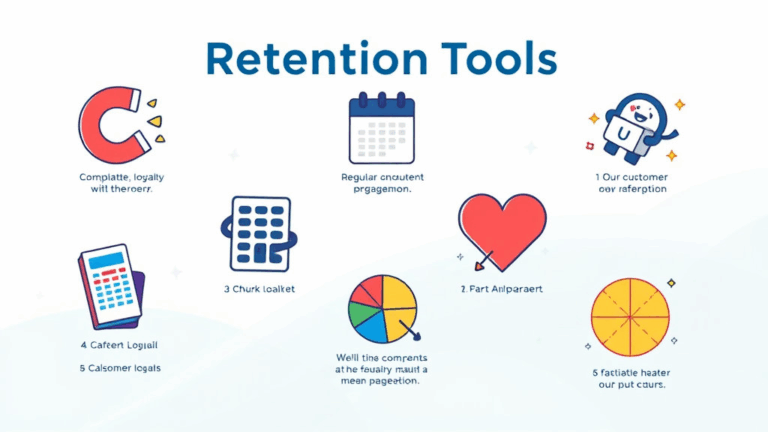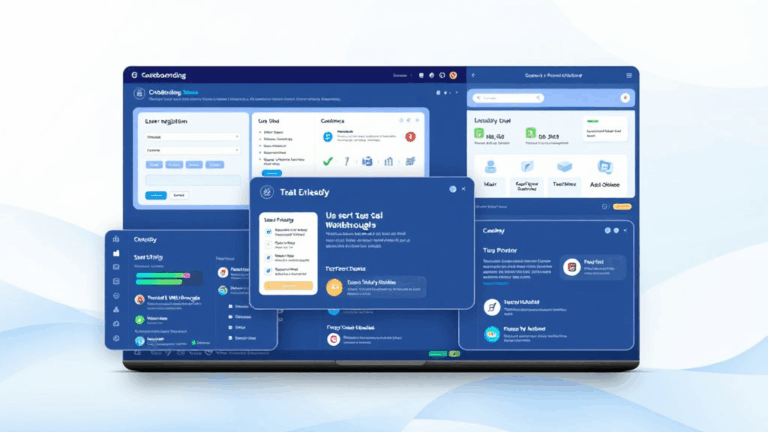Real-World Troubleshooting Google AdSense Premium Features
Premium Ad Controls Don’t Mean What You Think
When I first got bumped into the AdSense Premium bucket, I expected some magic switch to give me granular control over what types of ads showed up. What actually happened: half the toggles in the interface don’t apply unless you’re also running Ad Manager. But they don’t say that. They’re just clickable, and then… nothing changes. Thought it was propagation lag at first; waited three days. No difference.
Turns out the “Ad balance” control behaves totally differently under Premium. Instead of reducing lower revenue ads, it flat-out disables entire categories — but only if your inventory is mapped in Google Ad Manager. If not, the balancing slider just manipulates fill rate in obscure ways you won’t see unless you cross-reference it with network response logs. Basically, if you’re not syncing via GPT tags, half the performance tweaks don’t stick.
Best fix so far: set up event listeners for ad request failures and correlate them with category blocking filters. You’ll find that the default category blocks for Premium accounts auto-propagate slightly slower, and may override per-site preferences without warning.
Caching Pitfalls When Switching to First-Party Cookies
Chrome’s getting tighter on third-party cookies, we all knew that. But here’s the kicker: if you’re using AdSense Premium features and enabling the newer cookie-less modes through Consent Mode or GA4 integrations, your cache behavior WILL mess you up. Big time.
I had one setup where all ads started coming back as blank boxes — turns out the async script that generates cookie consent was conflicting with Cloudflare’s cache rules. The page was being cached after the empty consent overlay had fired, so instead of storing a version post-consent, it kept pumping out blank pre-consent DOMs even to returning users.
Undocumented but repeatable: cookie handling via “window.gtag(‘consent’, ‘update’, {…})” sometimes fails silently if your script loads AFTER the ad slot tries to bake its localStorage fallback. No console error, just a missed targeting opportunity. Only found it by watching the order of __gads and __gpi cookies drop across reloads.
Ad Styles Are Not Actually Per-Site
So AdSense Premium lets you customize “ad styles” more granularly in theory — fonts, borders, background color, etc. Yeah… those settings are treated as global defaults if you’re using Responsive Auto Ads. Only truly effective way to vary them per site is through inline style overrides in the slot itself or by programmatically injecting styles at runtime. The AdSense dashboard’s “site-specific” controls often just don’t propagate, especially if two of your domains are in the same GCP tenant.
I burned almost two afternoons trying to make my anime niche site have a darker theme ad palette vs. my cooking blog (white and sterile, on purpose). Even with different rules applied in the interface, the ads were identical. Google support was useless, just looped me through canned responses about “up to 48 hours” for style changes. Never happened.
Real “aha” came when I viewed the ad iframe’s computed styles — sure enough, they had the default Premium theme, nothing injected from the style editor. Resolved by running a MutationObserver on the #google_ads_iframe elements and smacking them with iframe.contentDocument.stylesheet.insertRule equivalents. Grimy fix, but worked.
Reporting API Skews Versus Frontend Dashboard
Gripe time: the AdSense frontend dashboard often shows earnings and clickthrough rates differently from the Management Reporting API. If you’re automating reports (and you probably should if you’re Premium), be ready to deal with up to 5–10% discrepancies.
Had one client furious that the reports I sent showed less revenue than the AdSense UI. After digging, I found two culprits:
- Frontend UI applies post-auction adjustments before display, API waits for full accrual confirmation.
- Some click data is sampled in the UI, but raw in the API — ironically more accurate where you’d expect less fidelity.
The better path: delay API pulls by at least 48 hours if you want anything stable. And NEVER compare today’s dash to yesterday’s JSON dump unless you’re looking for a five-hour rabbit hole.
Invalid Traffic Deductions Happen Quietly — Even Premium
This made me think my account got half-shadowbanned. Around mid-month, revenue dropped by maybe 30 percent, overnight. No policy violation. No warning email. But the money just evaporated from the “Estimated earnings” column. AdSense Premium doesn’t prevent this; it just hides it better.
Turns out, delayed deductions for invalid traffic hit Premium accounts slightly more often during weekend audit cycles. I confirmed this by comparing 3 months of log exports and matching them to IP anomaly flags. Ironically, one of my better-performing placements — a sticky footer slot on an indie game tracker — got hit because Reddit boosted it too hard, too fast. Even real traffic can get you flagged if session depth looks robotic.
The message you won’t get: anything useful. The most you’ll see is a tooltip discrepancy between “Estimated” and “Finalized” earnings. I now log user agents and bounce duration on any ad click path that spikes past a baseline CTR I keep in BigQuery. Vigilante style.
Premium Experiments UI Overrides Your Manual Tagging
Undocumented nightmare scenario: I manually tagged specific ad units for a split test — two header banners with different image load timing strategies. Used AdSense URL parameters like data-adtest="on" and custom channels. Turned out, the Premium “Experiments” UI had stealth re-rolls applied to those same slots, overriding my test without telling me.
I only caught it after realizing the experiment reports were showing data for experiments I hadn’t created. What’s happening: AdSense auto-assigns certain placements for algorithmic testing under Premium unless you opt out per experiment. There’s no global toggle. And it logs the slot ID in the backend, not the human-readable label you assign, so correlating starts to suck real quick.
“Found a test labeled ‘Page Level Header Optimization’ with CTR going to nowhere. It was mine, but it wasn’t mine.”
Disable by IDing the matching experiments in the Experiments UI and forcing them off — but you’ll need to match via request headers or inspect element’s google_ad_client tags to be sure who is who.
Ad Refresh Loops When Visibility Listener Fails
Google’s visibility triggers for refreshing ad units — especially for Premium accounts with dynamic layouts — rely on IntersectionObserver. If that’s polyfilled badly, or your SPA rerenders aggressively, you’ll start hitting refresh loops. I had one page that refreshed a banner every 5 seconds nonstop. Got flagged for ad spam — but the bug was mine.
Here’s why: on route change inside a React app, the observed DOM node was being orphaned and reattached behind the scenes. The observer would watch it, lose it, rewatch it — and Google interpreted that as “re-entered viewport.” Multiply that by 10 slots, and suddenly you’re looking botty.
How I Stopped the Madness
Wrapped the ad slot in a persistent container with a ref, and used manual visibility polling with throttling. Also added a debug emitter to log refresh call timestamps. Once I had the list, it was clear: invisible ad != new ad. But AdSense didn’t distinguish the two unless intersection thresholds were stable. You can’t trust Google to debounce this for you.
Syncing Consent Mode via GTM with Ads Head Tag Snippets
Consent mode + AdSense Premium is vastly underdocumented. Everyone tells you to install the gtag Consent Mode snippet, but fails to mention that GTM containers injected into the head won’t necessarily execute before AdSense’s own adsbygoogle.js script if you lazy load it — which screws your initial requests’ targeting.
If you’re using <script async src="...adsbygoogle.js"> and your GTM consent mode fires after domContentLoaded, your first-page ad impressions might be treated as non-consensual, even if your modal is fast. Had to rewrite GTM to load synchronously inside the <head>, before any AdSense scripts, and trigger a blocking tag conditioned on the cookie banner response.
Timing matters way more than anyone says. Even a 150ms delay caused fallback to non-personalized ads across five sites for almost a week — completely tanked CPC. My key fix:
<script>
window.dataLayer = window.dataLayer || [];
function gtag() { dataLayer.push(arguments); }
gtag('consent', 'default', {
'ad_storage': 'denied',
'analytics_storage': 'denied'
});
</script>
Run that BEFORE your AdSense tag, always.
